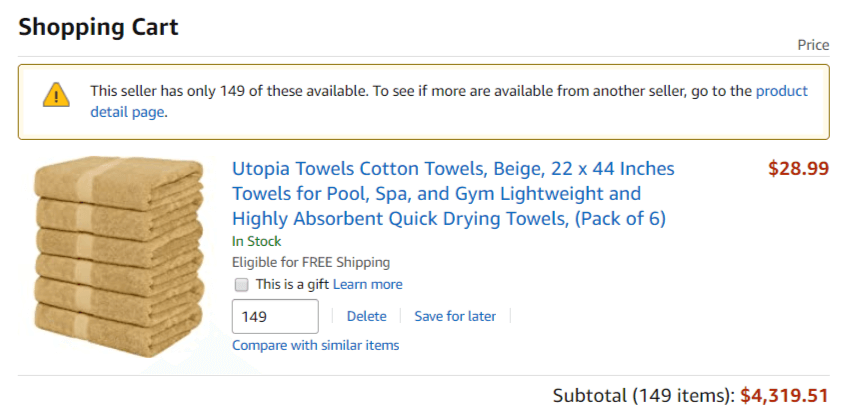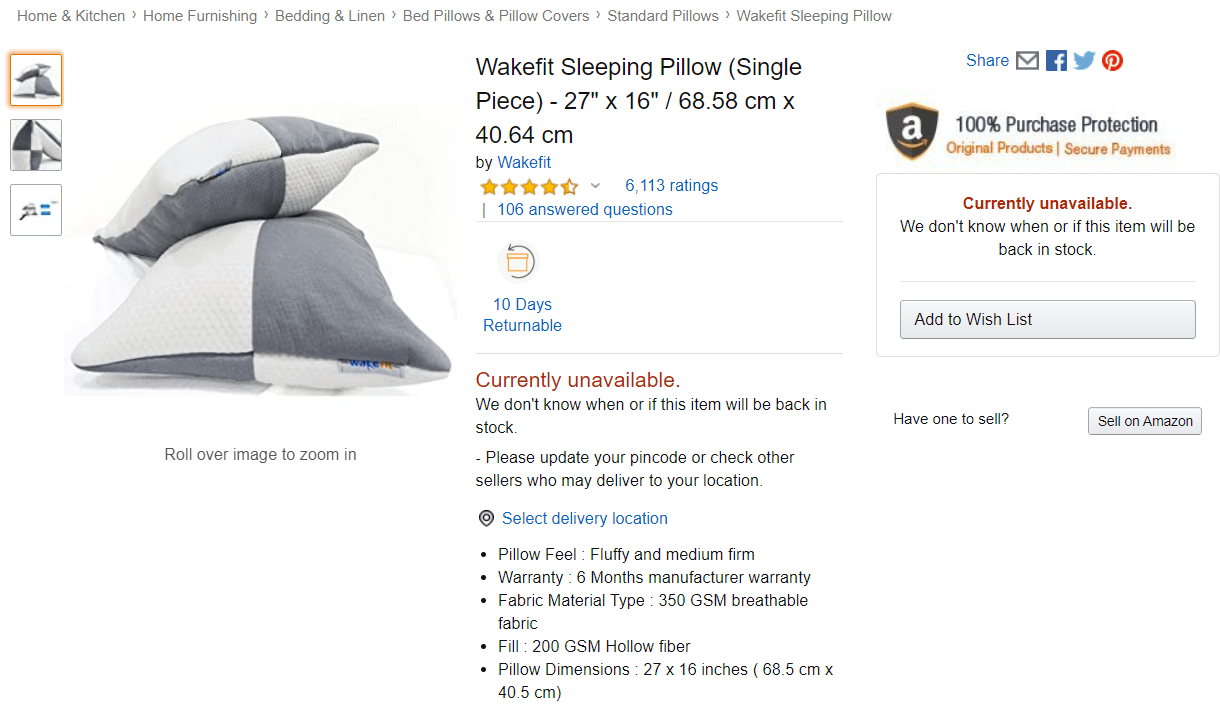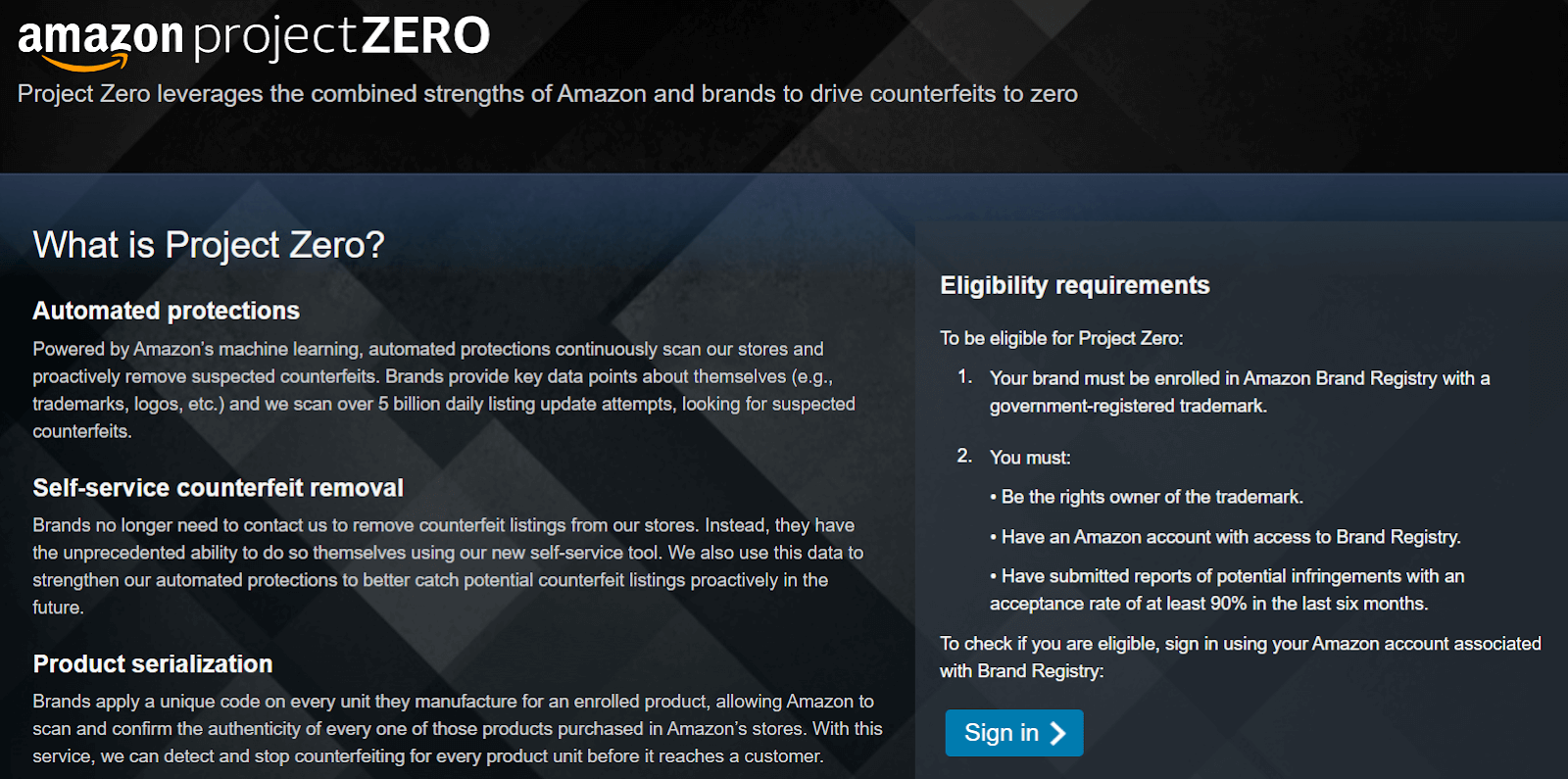Guest post by Jordi Ordóñez, Independent Ecommerce Consultant
Amazon can become a jungle in many ways. The problem is that when in the middle of day-to-day business, such as managing orders, interacting with users, keeping listings up to date, running advertising campaigns and dealing with legal competition… those who play dirty using black hat can get the upper hand.
We may like it more or less, but as unfair as it may seem, it is a reality we cannot deny. The best we can do is prepare for when it happens and know how to defend ourselves against these tactics.
Throughout this post, I want to give you some weapons so you can face those pirates.
What Do We Mean by Black Hat on Amazon?
This concept comes from the very competitive world of SEO, and is already well known by most Amazon sellers. Still, it’s worth refreshing.
Basically, it consists of taking advantage of a vulnerability in the system in order to confuse it in such a way that we can benefit or, as in the case that concerns us, detrimentally affects a competitor.
Classic SEO black hat tactics include keyword stuffing, cloaking, buying links, buying spammy links to point to your competitor’s site, spin texts to create new ones easily, etc.
This tactics obviously does not include those actions legitimately taken by our competitors. Reputation strategies or aggressive campaigns, to give an example, are never considered Black Hat as they use their resources within the rules we all follow on Amazon.
Common Amazon Black Hat Tactics and How to Fight Back
For some time now, it has become increasingly common to find cases of salespeople suffering from sales slumps and even account suspensions that are not justified. Of all the above, the latter is what worries most of those who sell on this platform because it can put them out of business for good.
As we will see below, most of these tactics act by damaging the reputation of the attacked company or, directly, hijacking product listings. Seen like this it is a bit scary but fortunately, action can be taken.
This problem has become so big, even Amazon’s own-brand products are being hijacked. If you want to read some serious stuff about real hijackings, you might check this post on how one hijacker killed a $2M business on Amazon or check FulfillmentByAmazon’s subreddit.
Black Hat Techniques on Amazon: Listing Hijacking, Fake Reviews, Counterfeiting…
If you’re a private label seller with a good sales record and reputation, the first thing to do is to congratulate yourself and secondly to let you know why you’re the perfect target for those unethical sellers.
Many times the easiest thing to do is to generate enough feedback (especially negative) to then report you to Amazon as if you were the one trying to trick the users (and their algorithm).
Other times black hatters use a very simple formula that can cause you more than one headache. What they do is place a lot of false orders looking to reach your stock limit. This will leave you out for a few hours and you will lose your Buy Box and—on top of that, it will damage Amazon’s valuation of you as a seller. It’s pretty easy to do it using the 999 trick + some fake accounts.
What is the Amazon 999 trick?
If you type in that you want to buy 999 items from an Amazon competitor or anyone in general, and they have less than 999 items in stock, Amazon will correct the quantity available to the exact amount currently in stock at their warehouse. So you can see how many items people have in stock and gauge your analysis accordingly of the marketplace.
Actually I’ve just used it for this product in less than 1 minute to reveal how many stock they have on FBA:

Keep in mind that the aim of those black hatters is to take advantage of your reputation and to do so they look for a similar product but of much worse quality or, directly, a counterfeit that leaves them a higher margin.
By using the same ASIN of the original product they are “stealing” sales from you illegitimately, but at the same time, users who receive that low-quality product will react by dropping the rating of the product with their reviews. This was the case of the seller who lost $2M.
Other times, they manage to modify the content of the listings so that, when they have access to the images and text, they can modify them by including irrelevant or even offensive content. This is something that goes directly against Amazon’s guidelines and is grounds for suspension of the account for a few weeks. This is called ASIN piggybacking and it can be used also for zombie listings. Zombie listings are products that have been discontinued or don’t have stock anymore, but they’re listed on Amazon and have a nice review average. For example:

Amazing, ain’t it? A sleeping pillow without stock and +6.000 ratings. It’s easy to detect this product, hijack the listing and get a great ranking product using black hat.
Last but not least, the black hatters can even choose to report our products directly to Amazon as counterfeit by providing a copied version of one of the products in our listing.
What Can You Do to Avoid Black Hat?
The first recommendation is a must and I would recommend you to do it as soon as you finish reading this post. It’s about registering your brand in Amazon Brand Registry, a service that helps you protect and demonstrate your intellectual property.
This is very useful to fight against counterfeits but also against the false accusations that any user can make to Amazon as we mentioned at the end of the previous point.
To do so, they obviously require that your brand is registered with the corresponding body and that you can prove it by presenting the required documentation. It is also a requirement that this brand appears printed on the packaging or is present on the products.
From the moment your application is accepted, not only will you have a more appropriate brand representation, Amazon will provide you with additional tools to protect yourself:
- Global search: you can search for products in different Amazon stores in the same search engine, without having to go to each one of them.
- Image search: an effective way to find listings that use your photos.
- Bulk ASIN search: do a massive search by uploading a list of products or URLs.
The platform itself takes proactive measures to prevent other users from making improper and unauthorized use of your image or products. Among them, it stands out that it is capable of:
- Identifying the use of registered trademarks in the titles of products that do not correspond to them.
- Detecting images that use the logo of a registered trademark without having the right to do so.
- Identifying sellers who are sending a supposedly authentic product to countries that the trademark does not serve.
- Preventing new listings from being created with your brand name when you, as the owner of the brand, have a complete catalogue listed.
Within the services for brands, Amazon is working on a more advanced project. It is called Project Zero and is aimed at offering greater protection and autonomy to brands in their fight to defend their intellectual property, so much so that zero counterfeiting can be achieved within the marketplace.

In addition to using artificial intelligence and machine learning to perform a daily scan of five billion listings in search of fraudulent products, it offers a self-service service that allows brands enrolled in the project to remove themselves from listings that use their image and brand.
Even so, the most promising aspect is that it allows each unit of each product sold by a brand to be identified by a unique code. This can be instrumental in minimizing the effects of hijacking on listings and other black hat techniques that come with it.
Project Zero is not yet open to all vendors, but if you are already part of the Amazon Brand Registry you can apply for inclusion in the program.
Finally, being registered in these programs is also an open communication channel that gives you more authority in managing any other type of incident with them. It is therefore essential that you monitor your listings and be aware of reviews and unnatural behaviour in terms of order volumes.
Final Thoughts
I hope these tips will help you detect Black Hat behaviour and, consequently, take action to prevent it from damaging the health of your business at Amazon.
Related: 9 Tips to Boost Your Amazon SEO and Keyword Research



